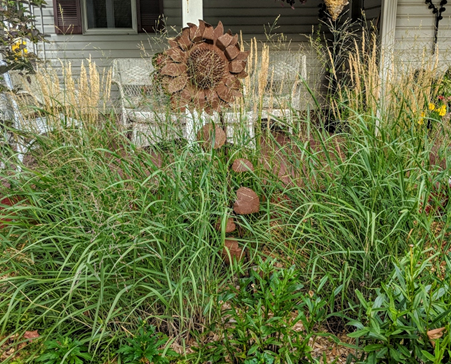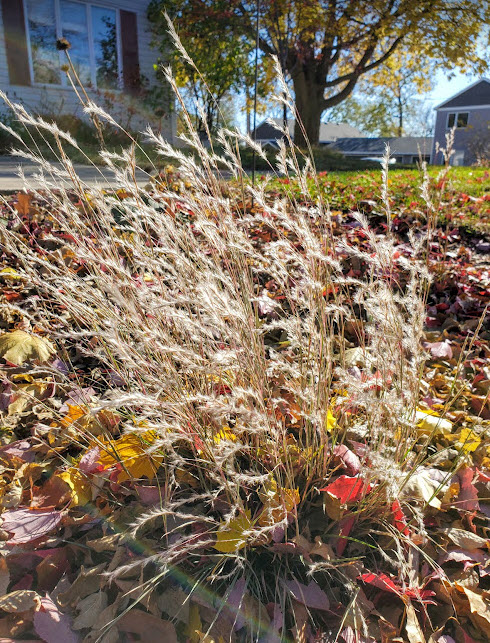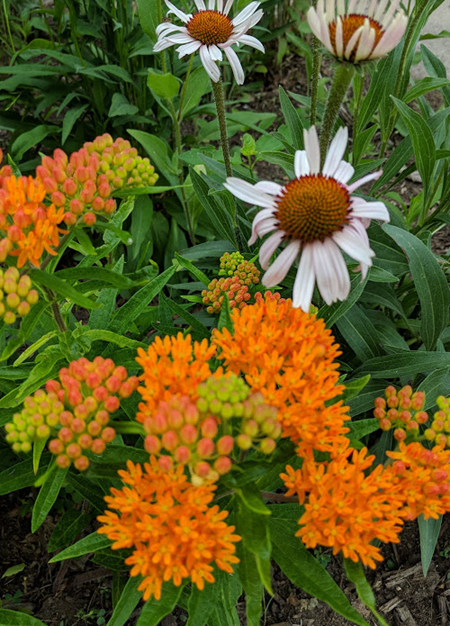Click below to listen to my 2 min. Garden Bite radio show/podcast: Tips for pollinator planting
Audio PlayerThe National Garden Bureau, of which I’m a member, offered up some fabulous tips for pollinator plantings that I want to share with you today.
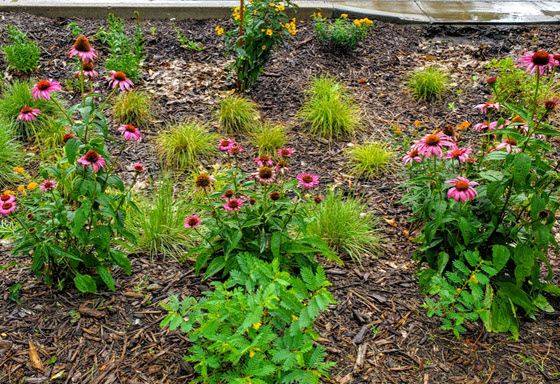
While the point is to attract pollinators, the plants need to be nurtured. With their futures so intertwined, if we help one, we need to help both.
Tip number one… be kind to soil. Something like one tablespoon of soil holds more living forms than people currently populating earth. Let that sink in! Soil, in general, is 45% rock, 25% water, 25% air, and 5% decomposing organics with living organisms.
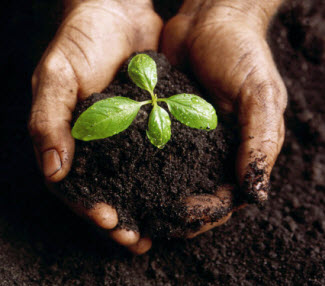
Bottom line, leave the manicured lawn behind and let your soil breathe by not dousing it with chemicals. There is no redeeming value to a lawn in terms of our ecosystem.
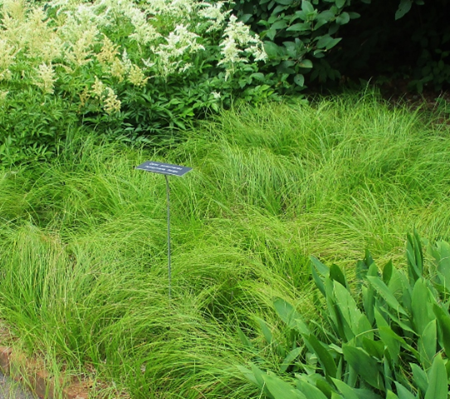
Other tips:
- We toss about 40% of our food. Compost it instead.
- Catch rainwater. I LOVE my cheap rain barrel. Unfortunately the rain has not been abundant but my plants that get rainwater are getting better stuff than city-treated.
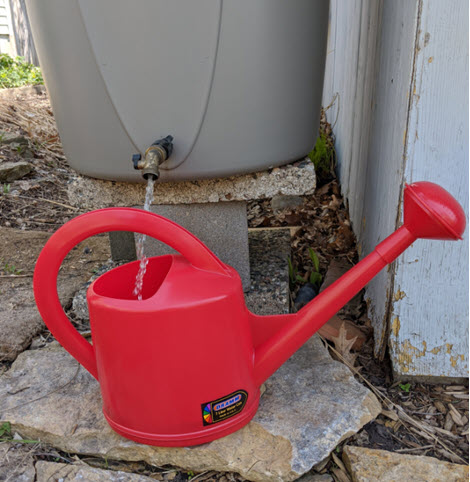
- While the monarch and bees are the poster children for pollinators, there are a LOT more including bats, which I’ve talked about before, flies and wasps too.
- And the tomato hornworm, the bane of our vegetable garden also turns into a hawk moth which is another nocturnal pollinator.
- Welcome birds! I talked about feeding them birdseed but 60% of birds depend on caterpillars and other undesirable bugs to feed their babies. Give them a home. This can also host a number of other beneficial critters when the birds are not in residence. Embrace natives and nativars, plants that are cultivated with natives.
